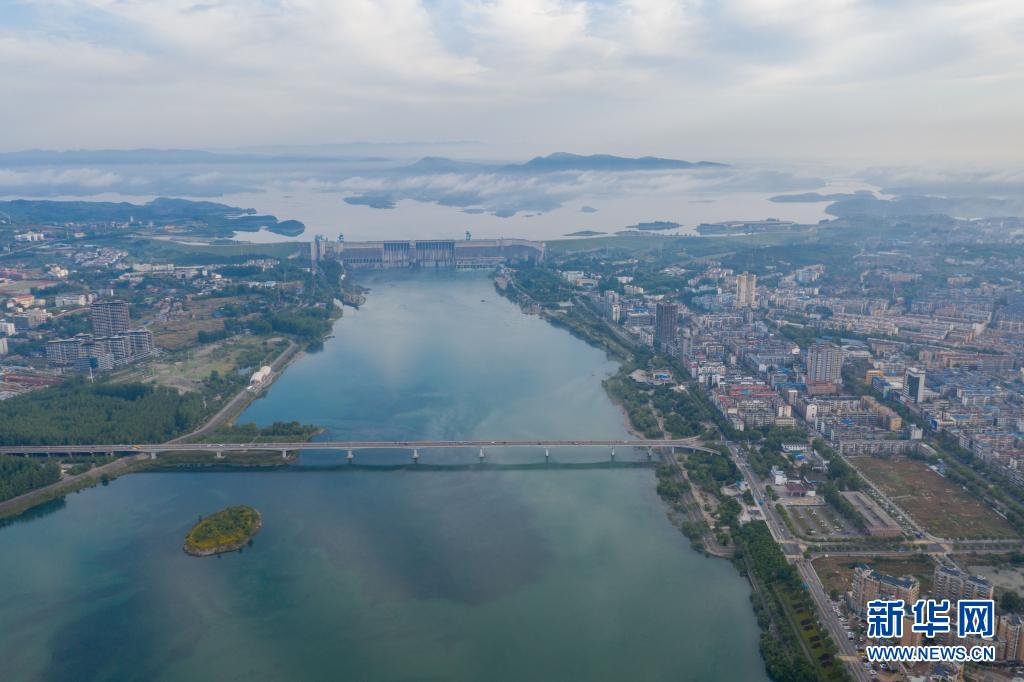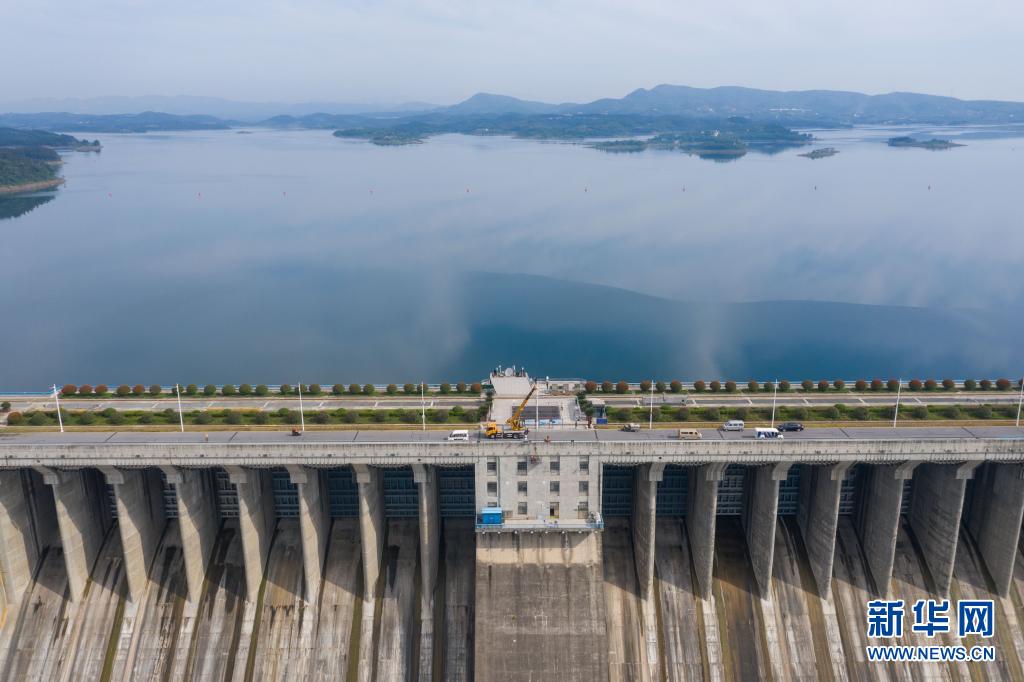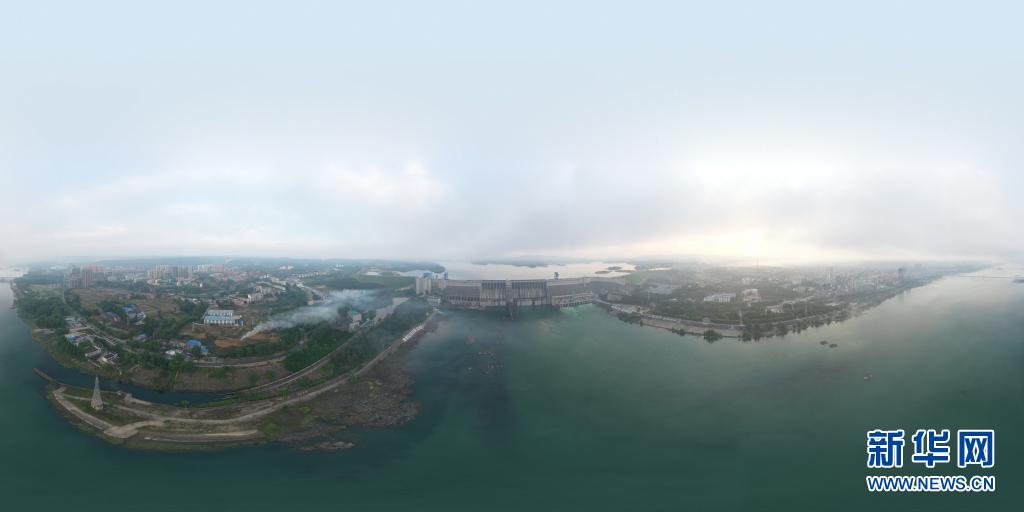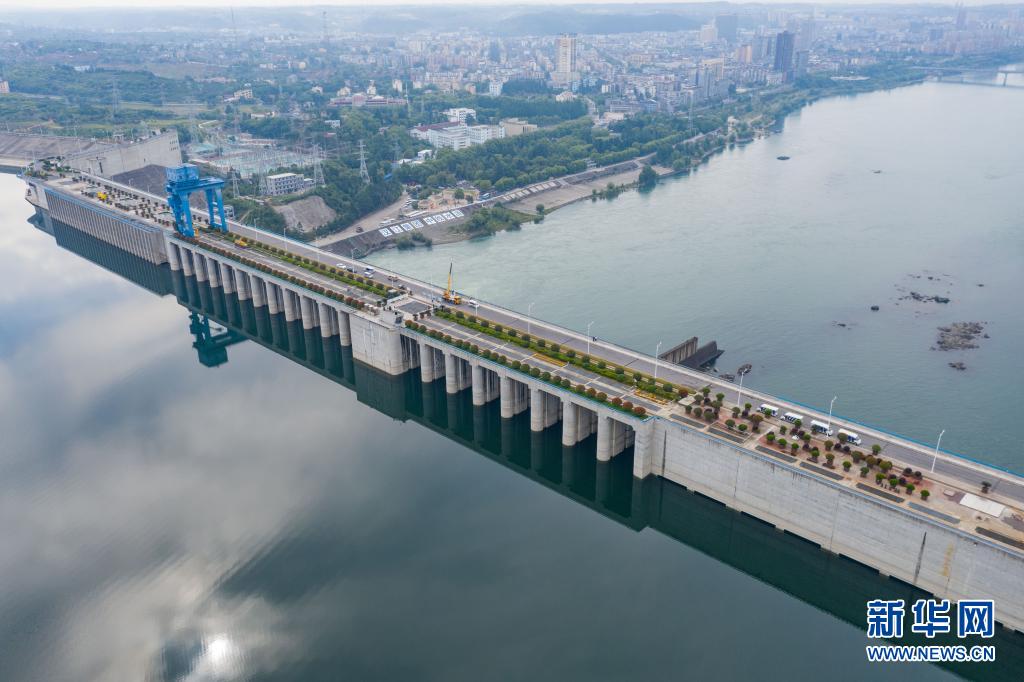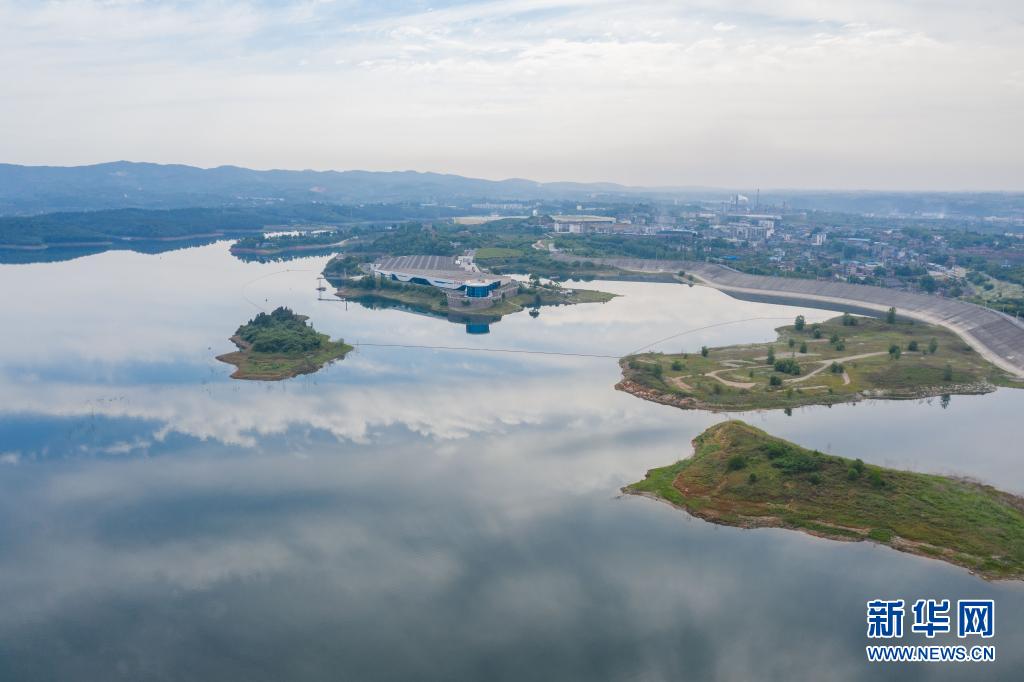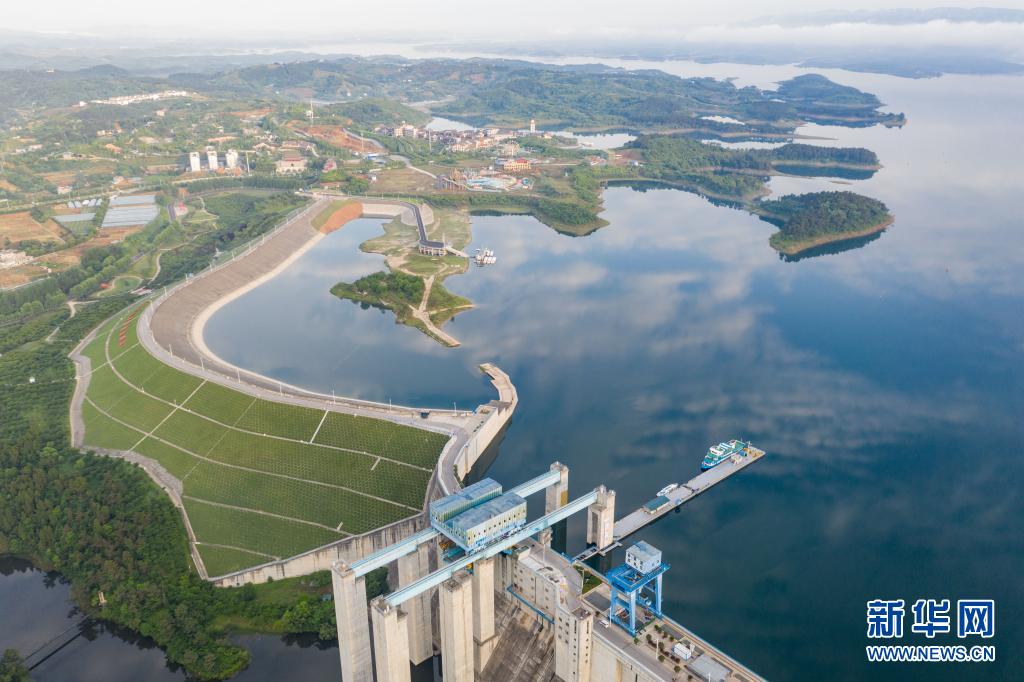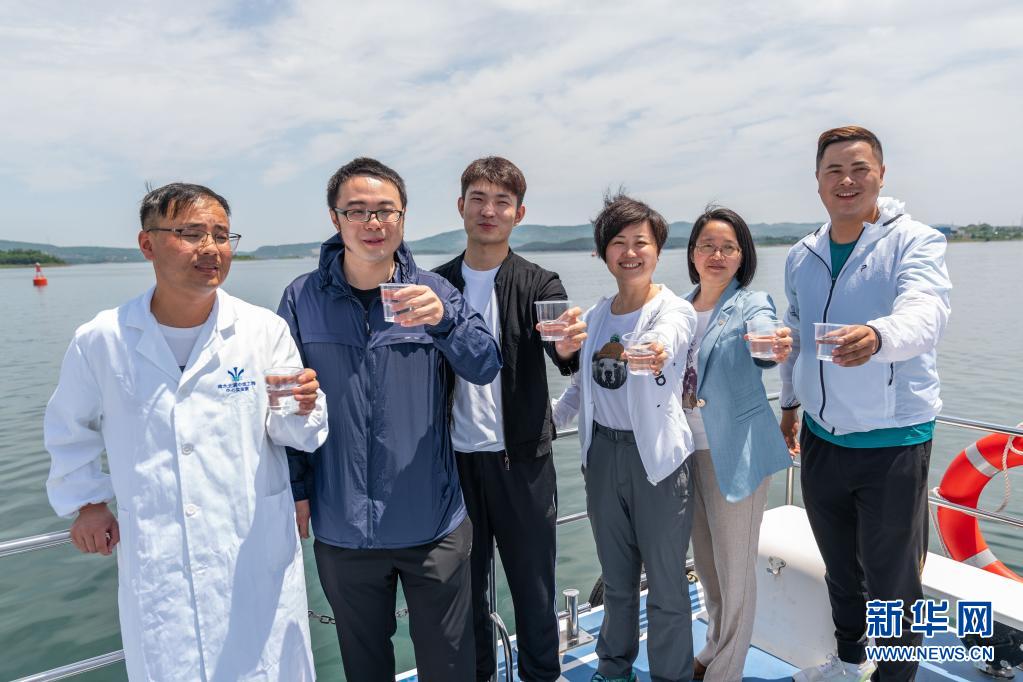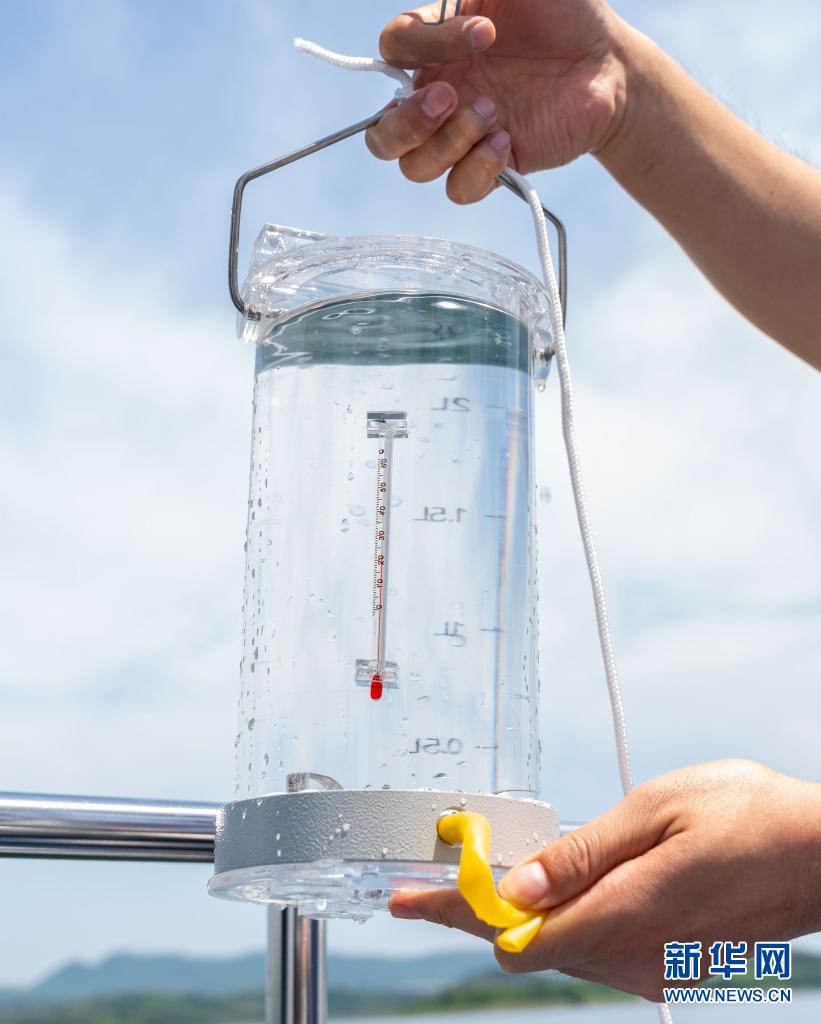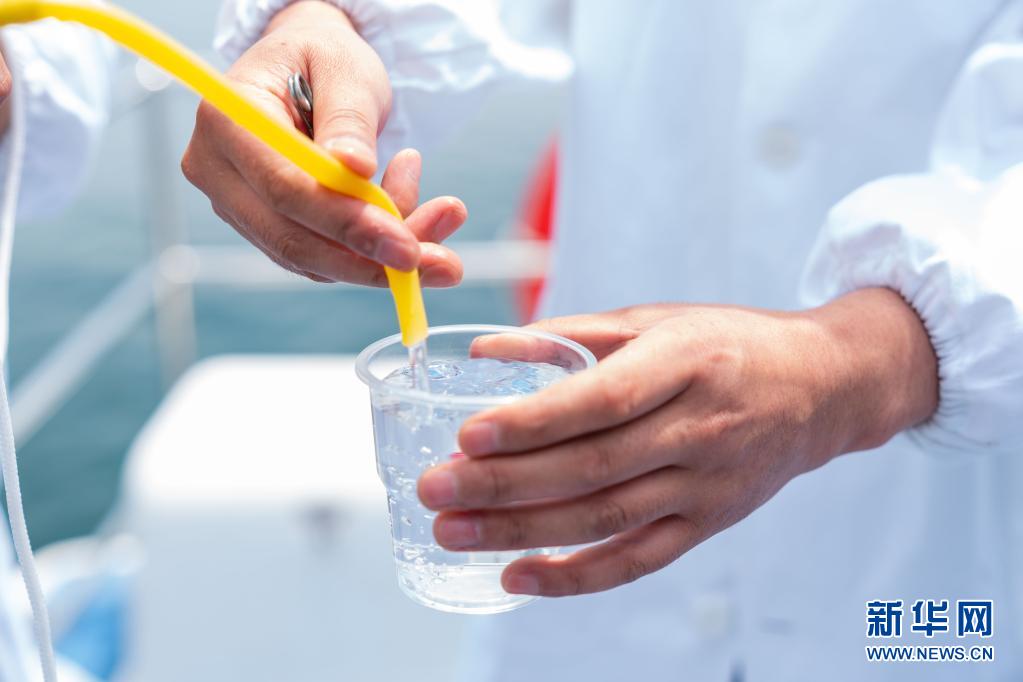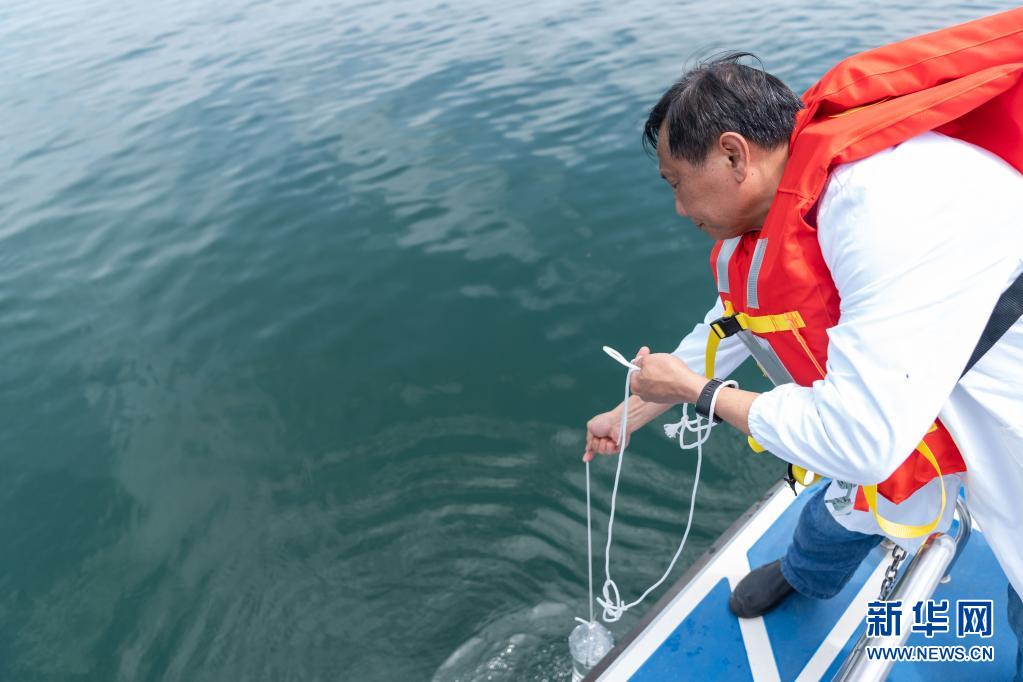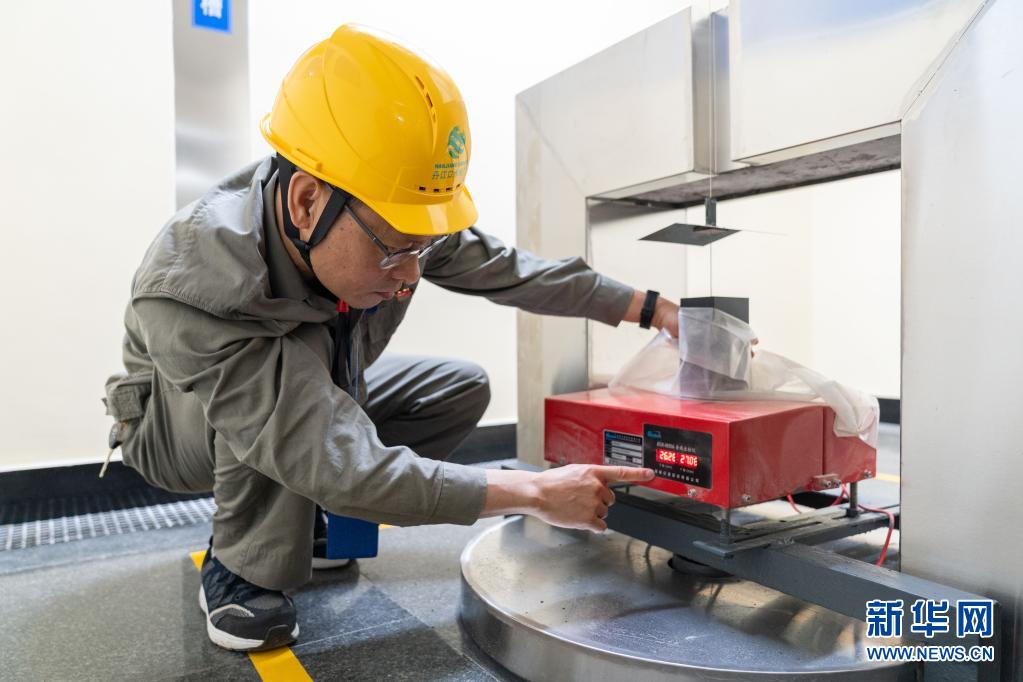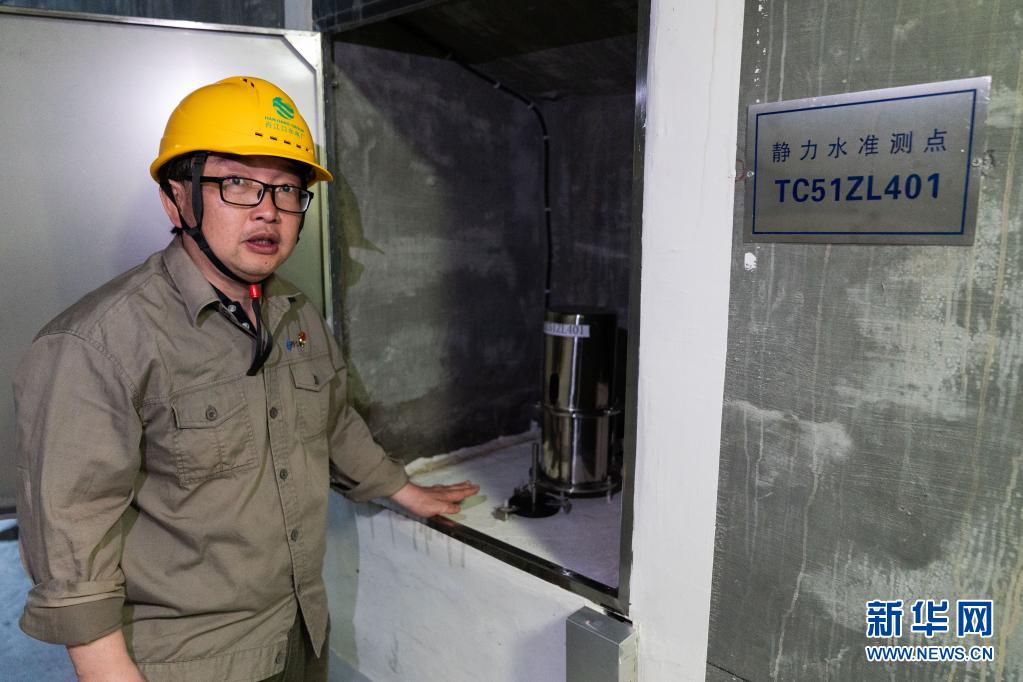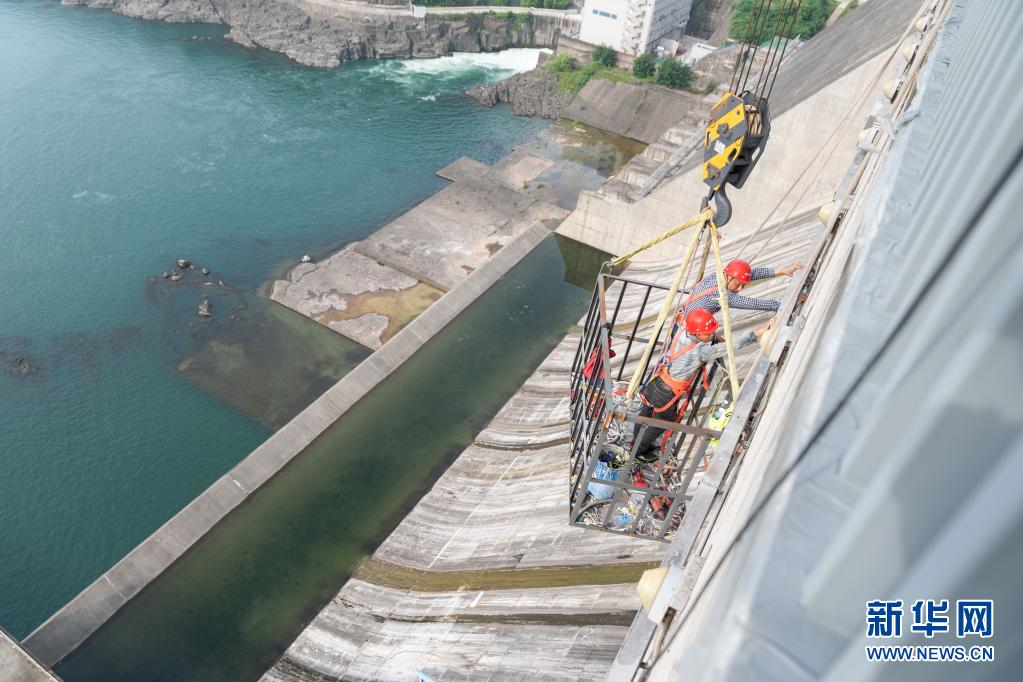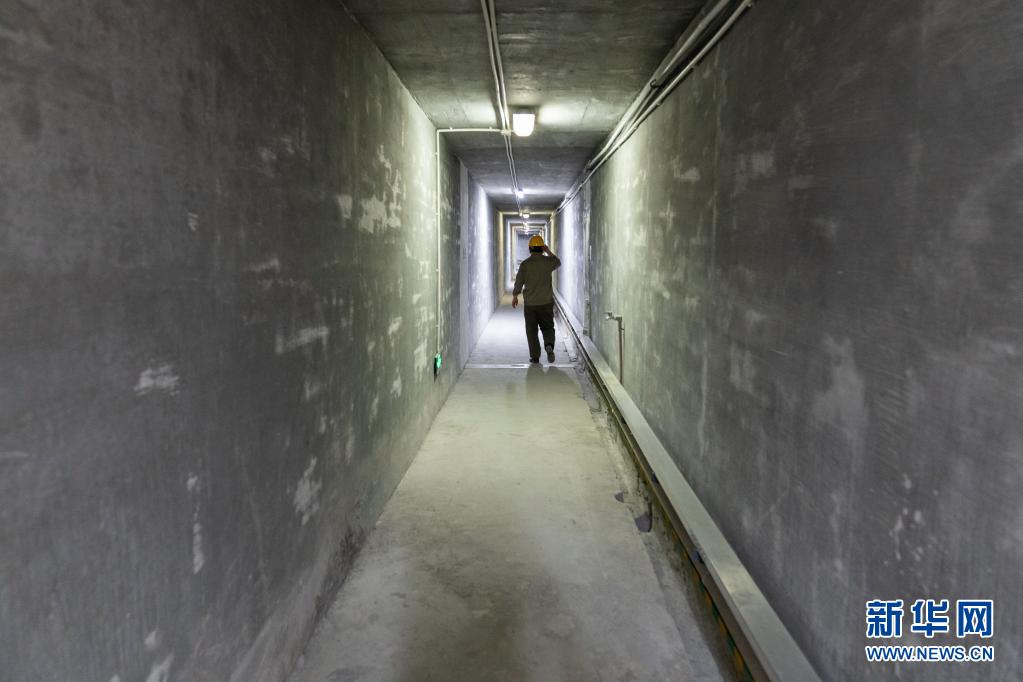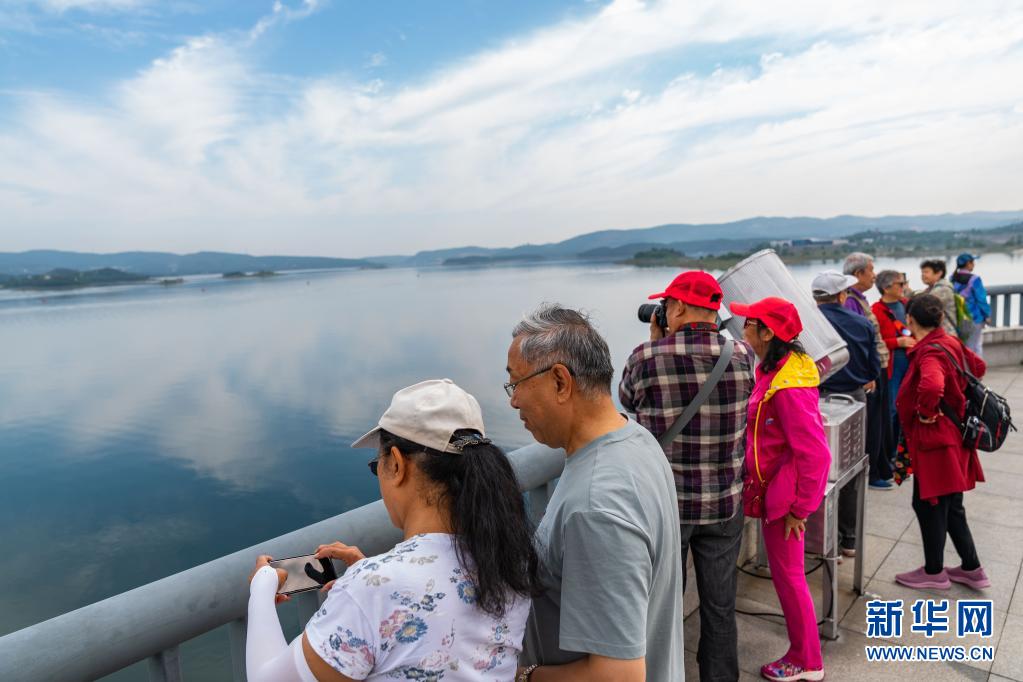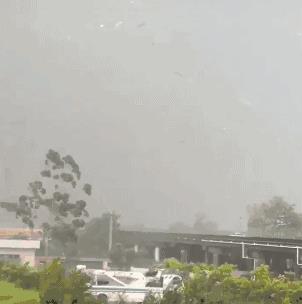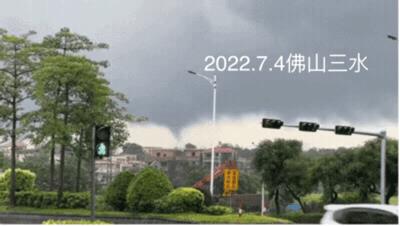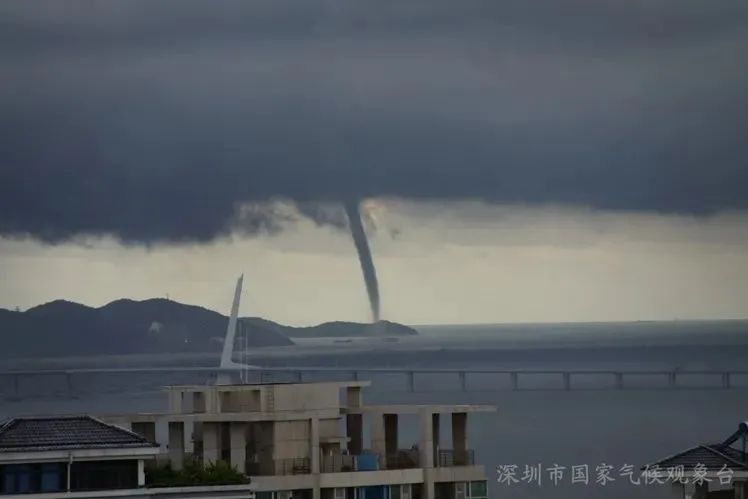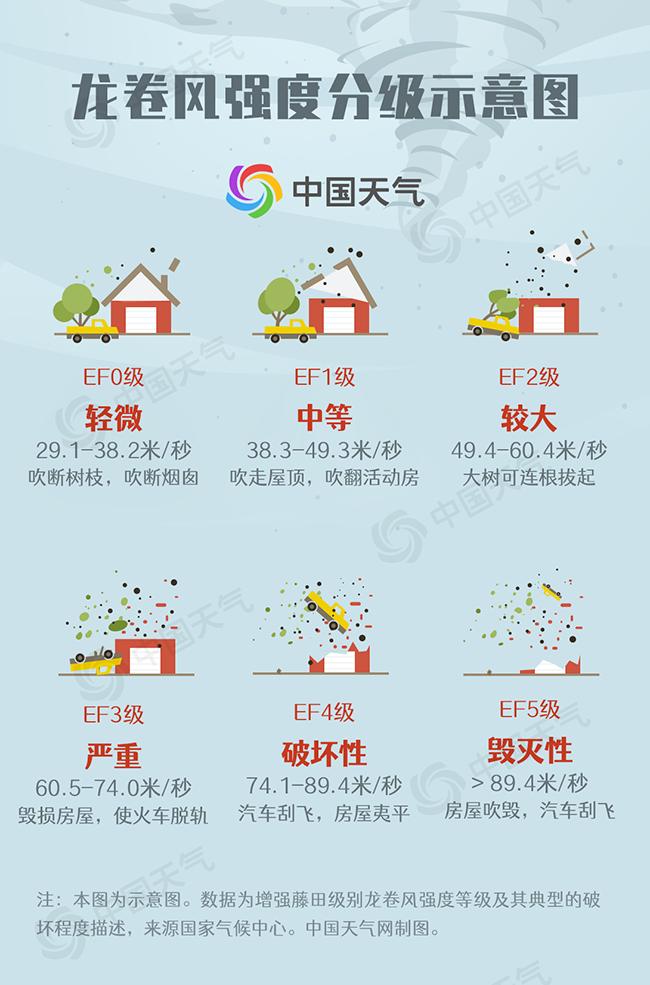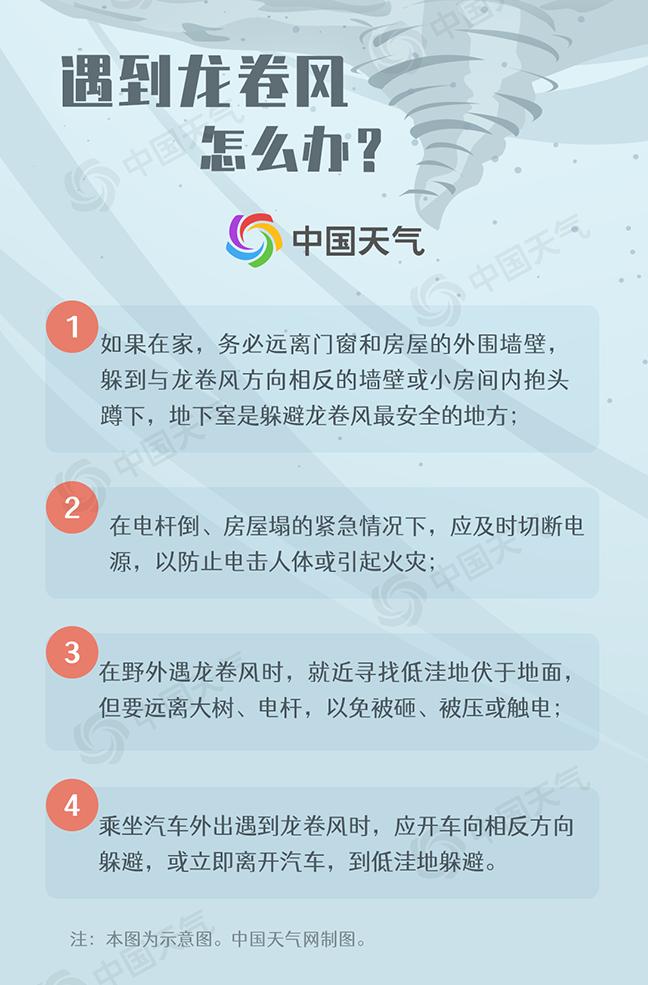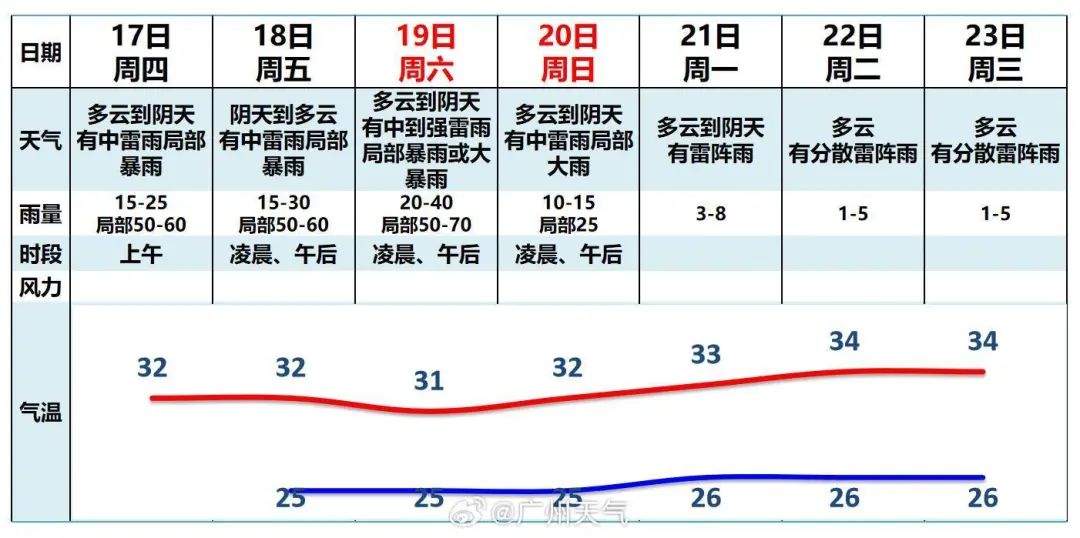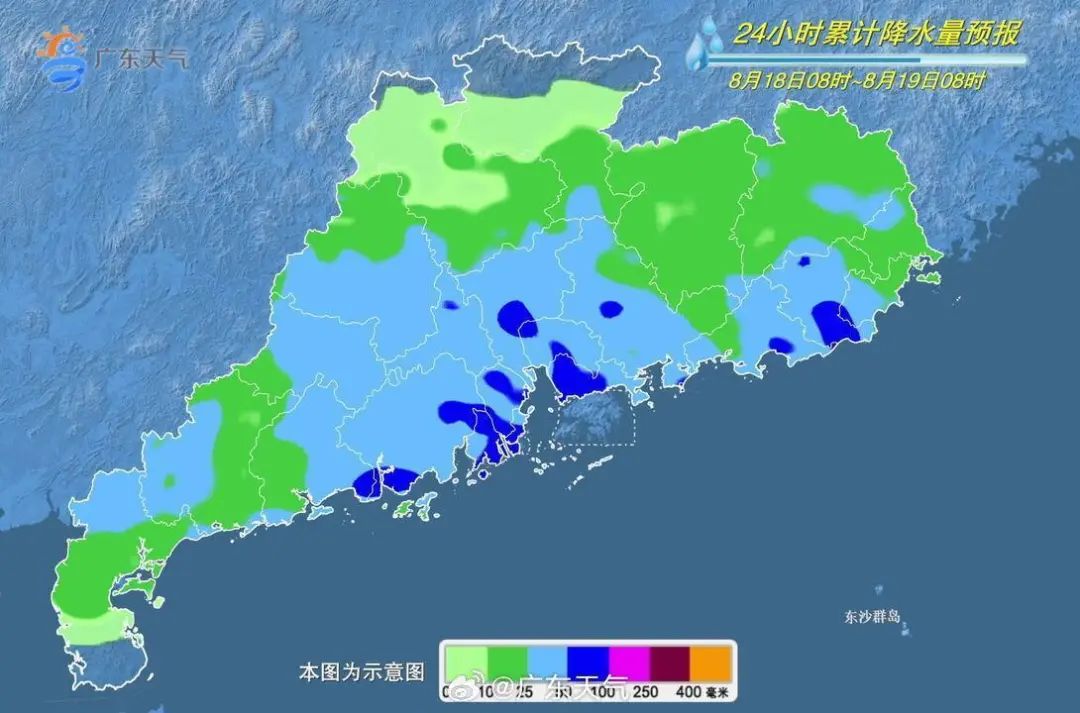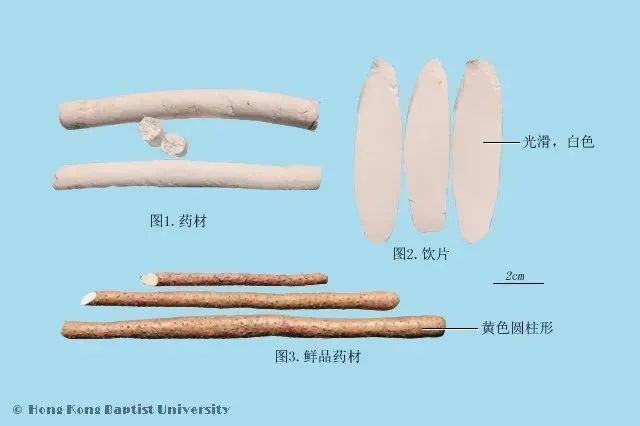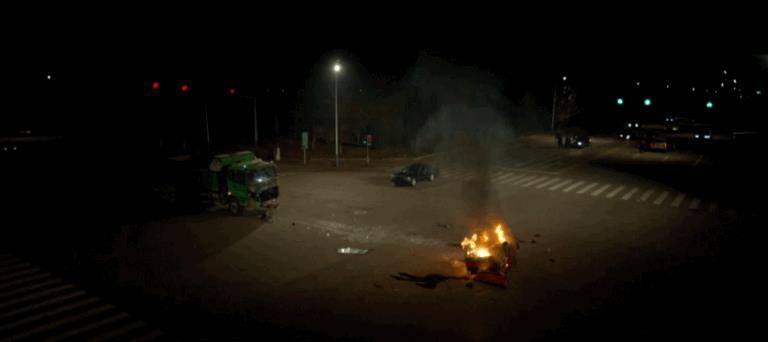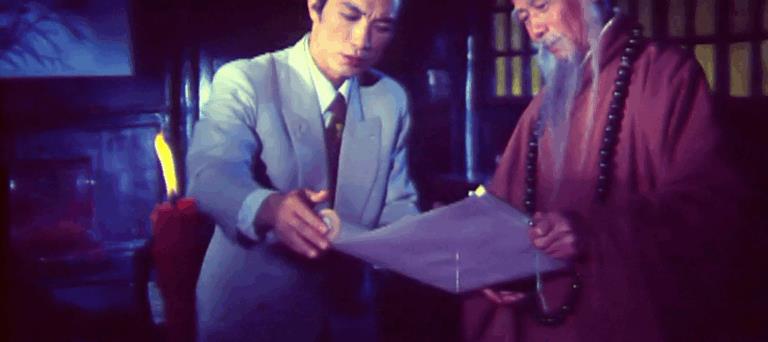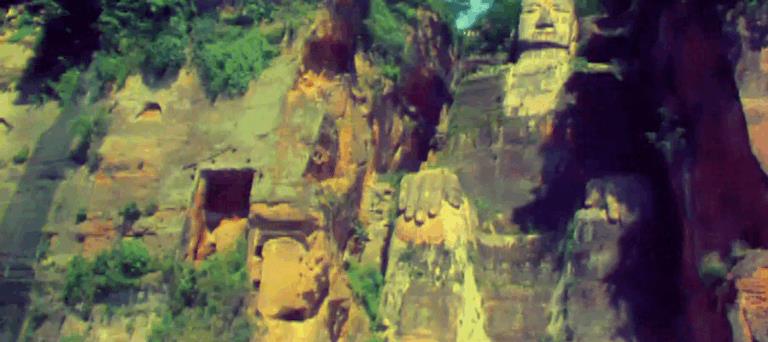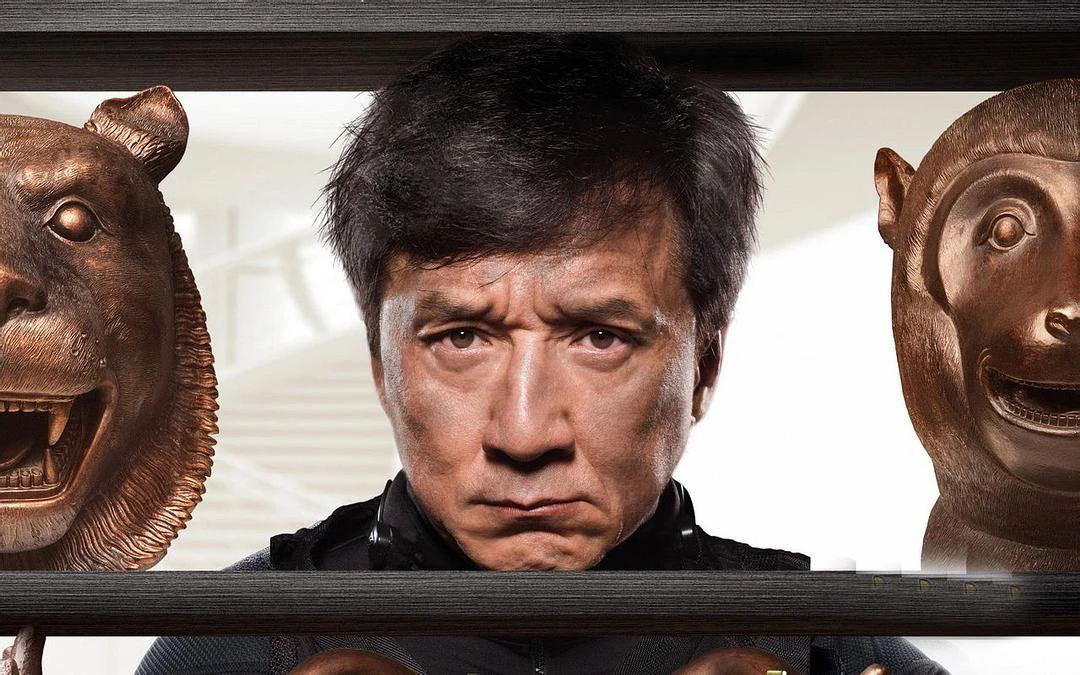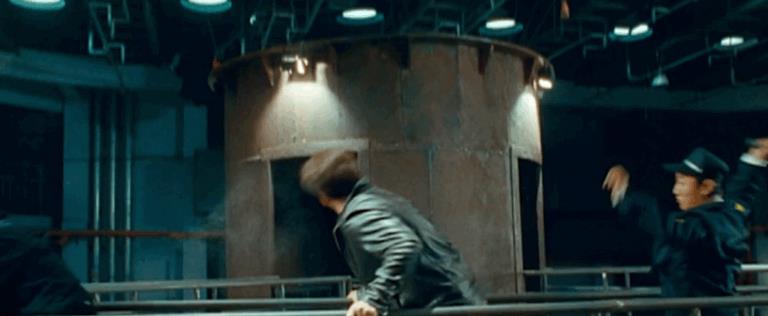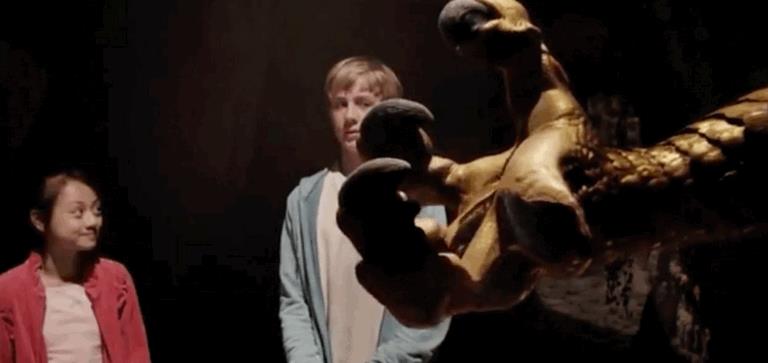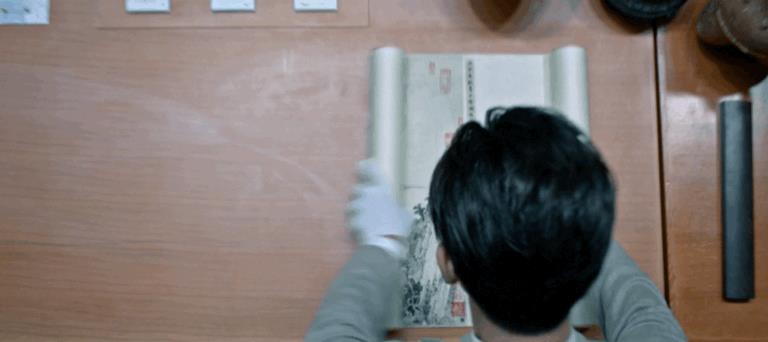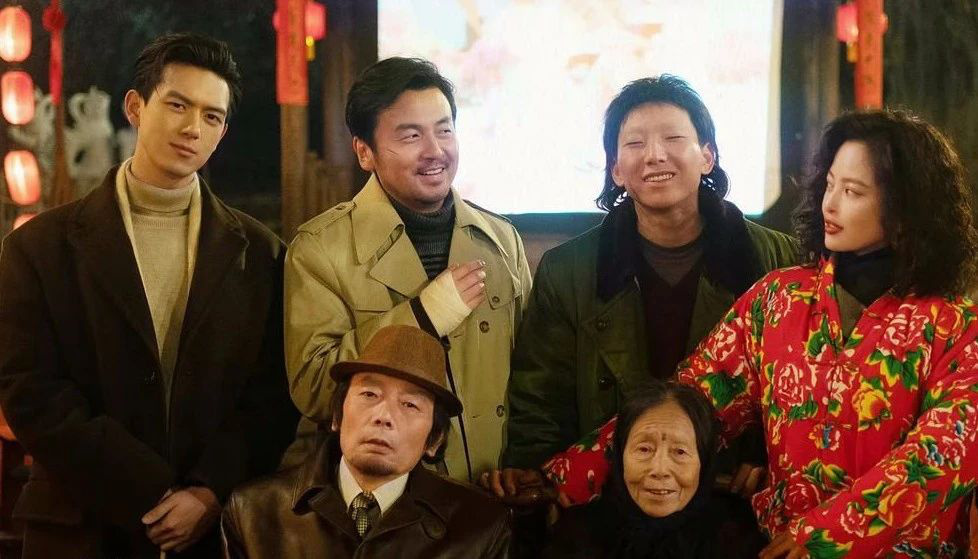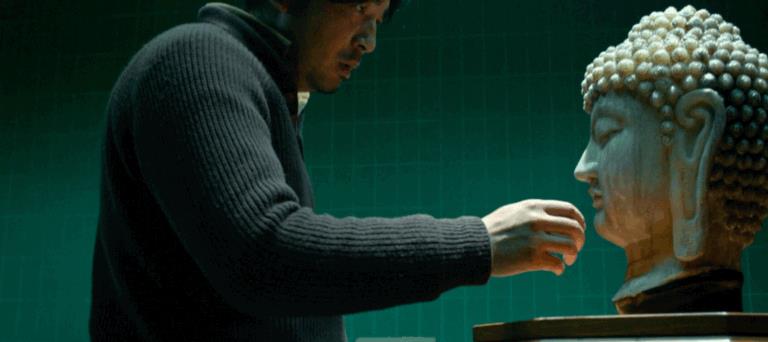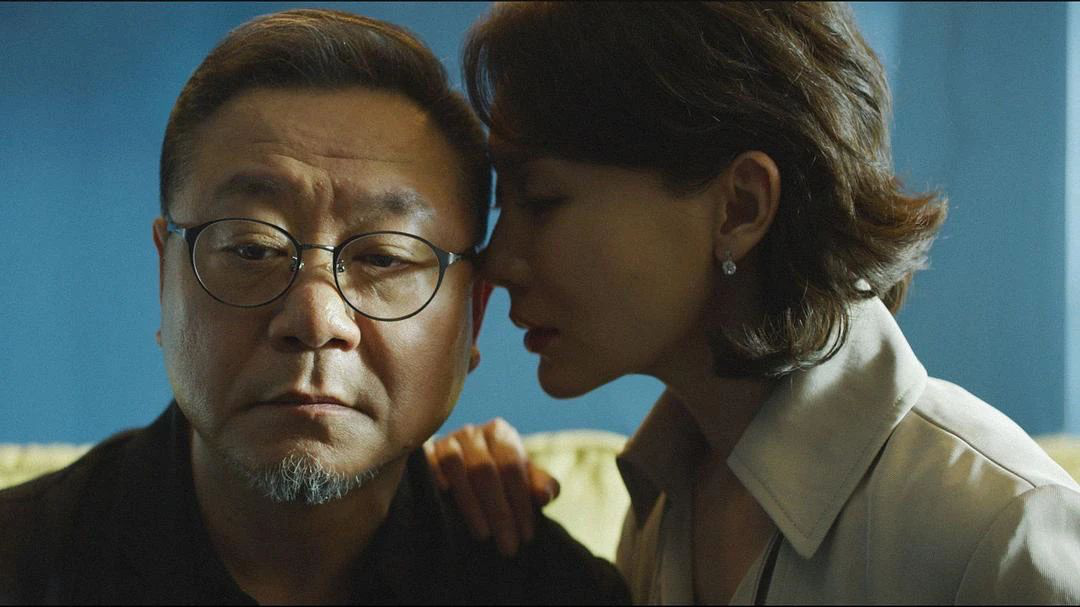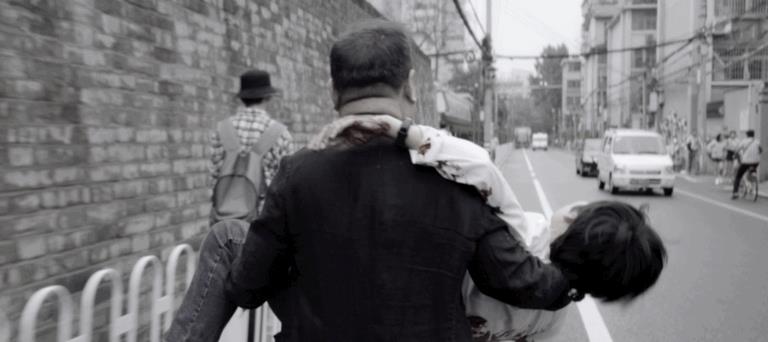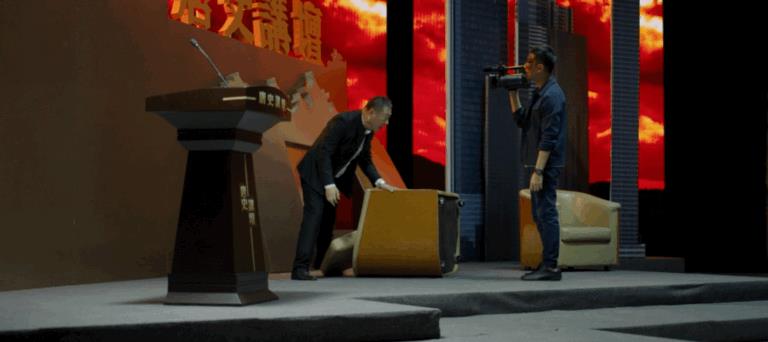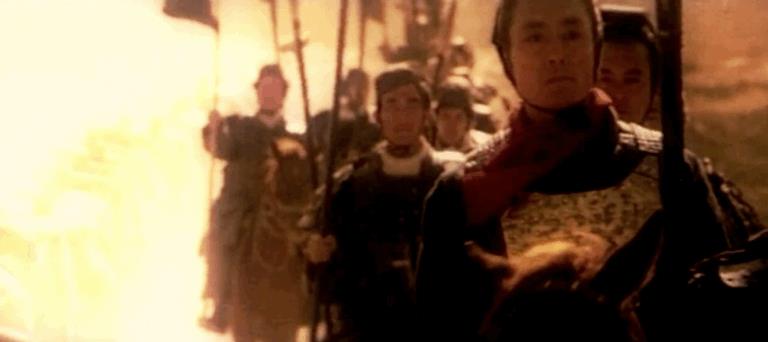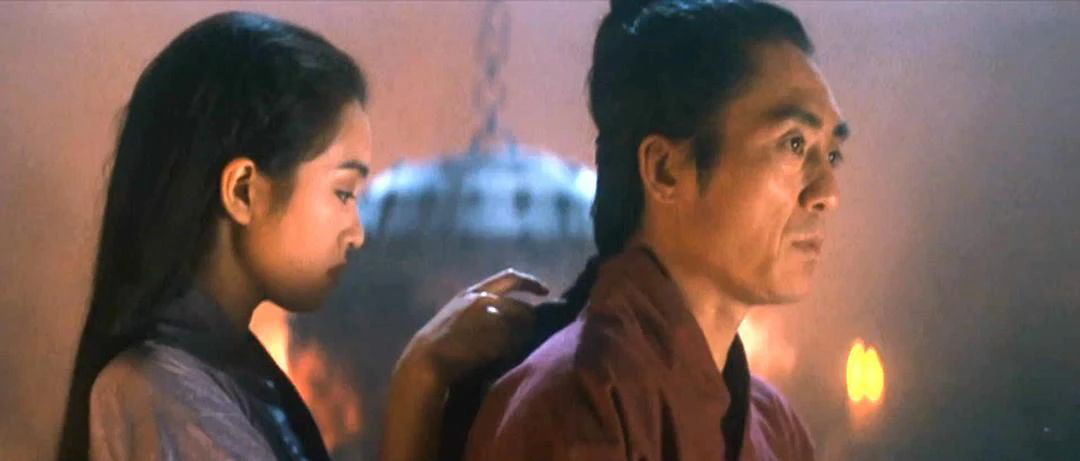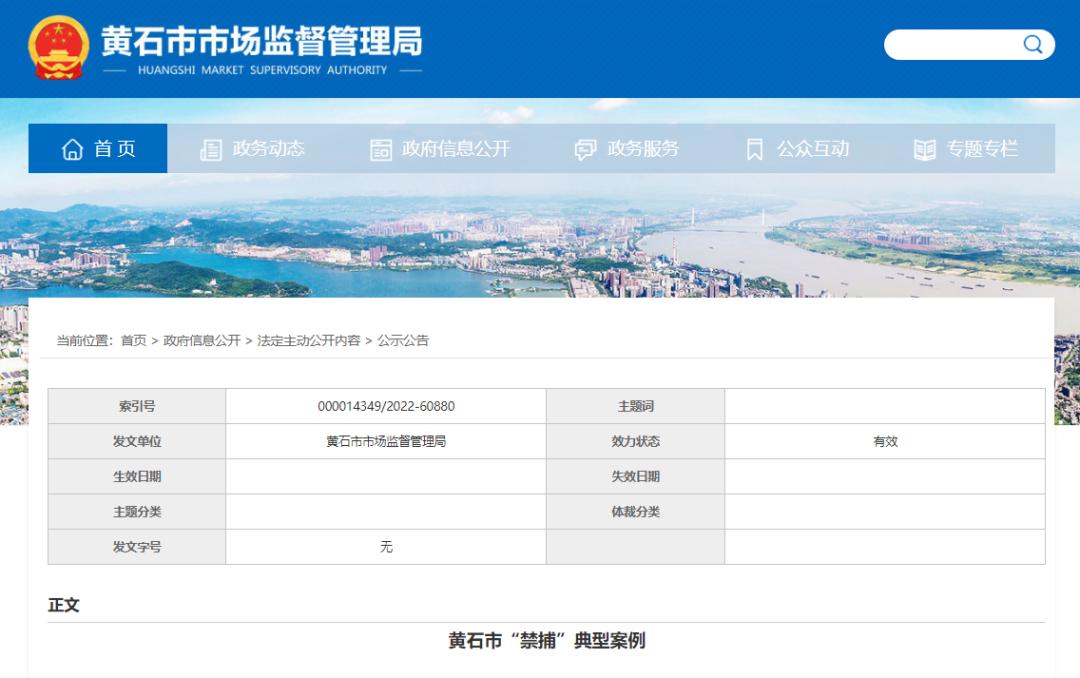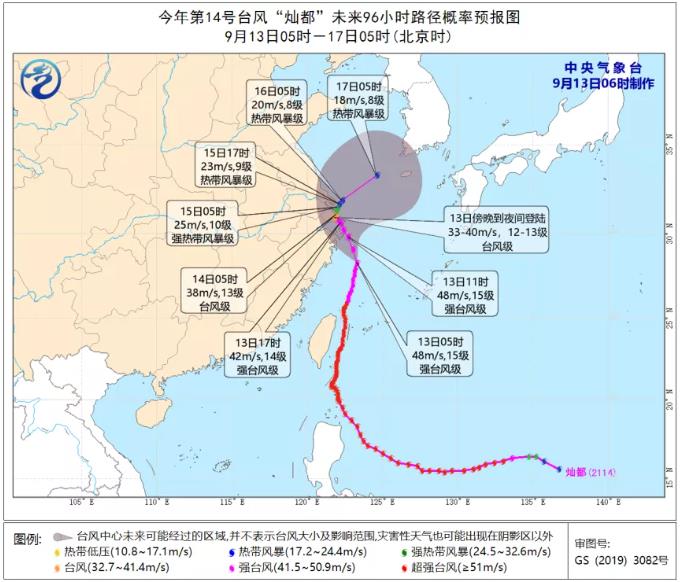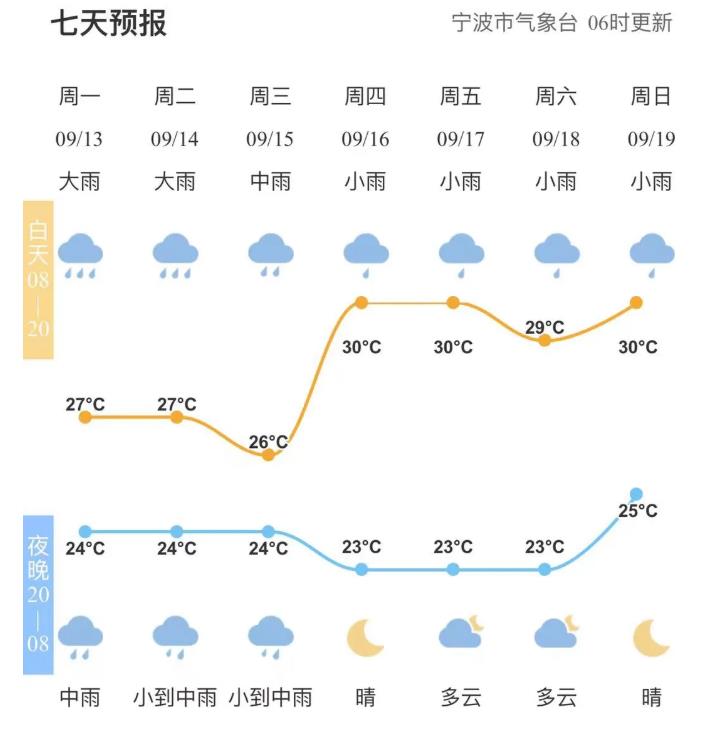Rapids courageously fight against "Hong Mo" and defend An Lan day and night.
Rapids are brave enough to fight."Hong Mo" fought day and night to defend An Lan.
—— Remember the "Fire Orange" in Longyuan, the frontline of flood fighting and disaster relief.
Inscription: In early autumn, on the banks of Baishui River, the villagers live by the mountains and waters, with quaint houses scattered in disorder, bluestone roads interspersed among them, ditches and idyllic buildings, lush forests and bamboo trees, small bridges and flowing water, pavilions and pavilions. Looking around, it looks like a landscape of Mo Bao.
However, a rainstorm, flood, debris flow and landslide disasters occurred simultaneously, which destroyed this once picturesque and beautiful town almost overnight. In the face of fierce flood, Longyuan"Fire Orange" moved on hearing the flood, charged ahead, braved hardships and stayed up all night, and fought the flood with flesh and blood.
In the front line of flood fighting and disaster relief, Gansu fire rescue team fought day and night.15sky360Hours, struggling to hold up the "boat of life" in the torrent of floods, stepping forward for emergency rescue in the rescue of isolated islands, building indestructible dams in the front line of flood control, and going all out to relieve people’s worries in post-disaster reconstruction … building an iron wall with flesh and blood, and bravely fighting for the safety of people’s lives and property.
Rush to the front line and go where the people need it most.
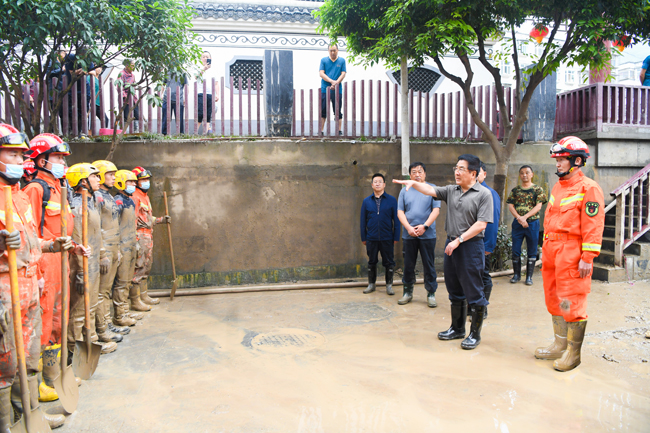
Since the autumn, many places in Longnan and Gannan of Gansu Province have been hit by heavy rains, and the water level in Bailong River basin has continuously exceeded the alert. Natural disasters such as mountain torrents, waterlogging, landslides and dammed lakes have occurred one after another, and roads have been washed away, houses have collapsed, people have been trapped, and many places have sounded flood alarms one after another. The rainstorm raged in Wenxian County of Longnan, the urban area was seriously waterlogged, the air defense alarm sounded, and the emergency response was upgraded to the first level. A mudslide occurred in Shuimogou, Shangba Village, Shijiba Town, and a large number of mudslides blocked the Baishuijiang River, causing a dammed lake. More than 100 villagers in the town were trapped by floods, so rescue is urgent.
Flood is an order, and danger is a horn. The Gansu Provincial Fire and Rescue Corps immediately launched the "Cross-regional Rescue Plan for Severe Flood Disasters" and mobilized Lanzhou, Linxia, Baiyin, New District, Tianshui, Wuwei, Longnan, Dingxi, Pingliang and Xunbao successively.10A detachment,550More than professional flood fighting and rescue team members,3000The remaining pieces (sets) of fire rescue equipment rushed to reinforce. One-time, whole system deploymenteightEmergency communication support team, out.54A communication security personnel, carrying satellite portable stations, satellite phones,4GKey equipment such as individual soldiers rushed to Longnan. Dispatch support personnel40People, cooking cars, camping cars, modular cars, washing cars, etc.21A security car drove to the disaster area. Based on the "great emergency", the Corps and the front headquarters set up the idea of "playing a game of chess", actively contacted the rescue helicopter of the public aviation brigade that was preparing to deliver living materials to the disaster area, transported emergency communication forces to Shijiba Town, the core disaster area, and integrated and deployed all communication forces at the rescue site intoeightSupport the communication support group,threeWith the support of the rear rotation group, the Corps maintains daily joint debugging and joint testing with the communication equipment of each operating point, which effectively guarantees the video scheduling and condolences of the Corps and detachment to the frontline commanders and fighters, and ensures uninterrupted long-term combat communication.
After the dangerous situation occurred, Lin Duo, secretary of the provincial party committee and director of the Standing Committee of the Provincial People’s Congress, and Tang Renjian, deputy secretary of the provincial party committee and governor, rushed to the disaster area to inspect and guide the fire rescue team’s flood fighting and disaster relief work, and visited the frontline fire fighters who expressed their condolences to the flood fighting. Wu Zhenkun, the chief captain, sat in the command center to command and dispatch, and Cai Jianbo, the political commissar, led a team to the disaster area to inspect and guide the flood fighting and relief work. He Weimin and Hongbin Zhang, the deputy chief captains, immediately went out with the police to explore high-risk areas on the spot, co-ordinate the deployment of relief equipment and fully guide the mass transfer work. army unit corresponding to a regiment or divisionfiveThe video dispatching meeting of the province’s fire rescue team was held to mobilize and deploy the current flood control and disaster relief work in the province, and the province’s fire rescue team immediately entered the second-level combat readiness state.
The Corps strengthens joint consultation with emergency, meteorology, water conservancy, transportation and natural resources departments, conducts daily disaster judgment and early warning notification, and issues early warning notification to key regional detachments according to rain and flood. All localities carry out high-intensity training in flood fighting and rescue subjects such as surface rescue, isolated island rescue and falling river rescue, and check the duty and preparation of professional teams for flood fighting and rescue at all levels every day to enhance the professional rescue level of commanders and fighters and improve their ability to recognize risks and avoid risks.
"Where there is danger, it will appear there; Where is the most dangerous, where is the battle. " After the reinforcements arrived in the disaster area, they immediately put themselves into the front line of flood fighting and disaster relief. The "advance team" of Longnan and Tianshui detachments parachuted into Shijiba Town, Wenxian County to search for the people who lost contact. The rescue teams of Lanzhou and Baiyin detachments went to Bikou Town to carry out all kinds of rescue and disaster relief work. The detachments of Linxia, New District, Wuwei, Dingxi, Pingliang and Xunbao assembled and stationed in Wudu District and Chengxian County to carry out material transfer, river embankment reinforcement and post-disaster reconstruction in groups.
March forward bravely and be lifted up in the flood"the boat of life"

Knee-high in the mud, one person holds it carefully, and the other person holds it tightly with both hands, for fear of shaking and scaring the baby; Just before the flash flood rushed out, he rushed into the dangerous area and rescued the trapped villagers without considering the falling rolling stones and rushing floods at any time. Braving the swift vortex of water, the people were moved out of the shallows again and again.……
"Don’t be afraid, we will save you!"eightmoon17suntwelveAt about 10 o’clock, a landslide occurred in the back hill of Zhaoba Village, Jiangnan Street, Wudu District, Longnan, and one family owned iteightPeople are trapped. However, in the distance from the trapped peopleoneKm away, the road has been washed away by debris flow, so the fire-fighting vehicles can’t move forward.10Many firefighters immediately carried life-saving equipment to walk hard.
After arriving at the scene, rescuers found that there were children, the elderly and lying-in women among the trapped people.….. Rescue is urgent, deputy district chief Luo Peng ordered the transfer of children and the elderly first, and then the young and middle-aged people. He took off his rescue helmet and put it on the child’s head, then picked up the child and evacuated through the waist-high mudslide. At this point, the debris flow in the mountain is still flowing down … after.oneHours of intense fighting,eightA trapped person was successfully rescued.
In Hanjiaba Village in the south of Wenxian County, Longnan, the soaring Baishui River overflowed the river, and the rushing mountain torrents mixed with stones and sundries surged to Hanjiaba Village in the south of the county, and the roaring mountain torrents were issued.The roar of "rumbling" will rush out of the flood drainage ditch, and several low-lying residents will be seriously threatened.
Zhang Bobaohe, a firefighter at Jiachang Fire Rescue Station in Wenxian County.eightA team member waded in the water and mud, racing against time. On the rescue road, he picked up wooden boards to build a temporary "small bridge", and the wading places used ropes to chain up "formations" to help each other move forward … Just before the flash flood broke out, success was just coming.sixThree trapped people were rescued to a safe place. Then, with a loud noise, mountain torrents rushed out of the flood drainage ditch and flooded into residents’ houses. At the moment of life and death, Zhang Bobao and his teammates helped the trapped people successfully avoid a disaster.
eightmoon21On, a manned bulldozer rolled over in the river in Waina Village, Waina Town, Wudu District, Longnan City.sixAn enthusiastic crowd who can swim went to the rescue and was also trapped in the shoal in the middle of the river. The water in the river is rushing and the water level is rising. Many people are physically exhausted because they have been trapped for too long. It is urgent to implement rescue! After receiving the help information, Li Chao, a firefighter from the second station of the Special Service Brigade of Lanzhou Fire and Rescue Detachment who participated in the reinforcement, immediately joined the rescue team.11A professional water rescue team went to the disposal.
After the on-site rescue team confirmed the rescue plan, Li Chao volunteered and resolutely fixed the lifeline and launched it for crossing. Because the hook clamped the gloves, and he also carried life jackets and other relief materials, it was difficult to slide. He could only bite the crossing rope with his mouth and pull off the gloves with his hand. In the process, his mouth was scratched and muddy water hurt, but he didn’t want to endure the pain and swim quickly to the trapped people. One trip, two trips……sixMore than an hour of emergency rescue, risking being involved in the flood vortex, Li Chao and his teammate Qi Xin worked together to successfullytwelveThe name was rescued to a safe area.
In the face of the torrent, fire fighters always go upstream without fear of danger, taking their shoulders as ladders, their backs as bridges and their hands as paddles, and lifting them for the masses with practical actions during the flood peak and emergency rescue."Boat of Life" and "Fire Orange" have become the most beautiful "ferrymen" in flood fighting and disaster relief.
Charge ahead,14An orange warrior went deep into the "island" to rescue.
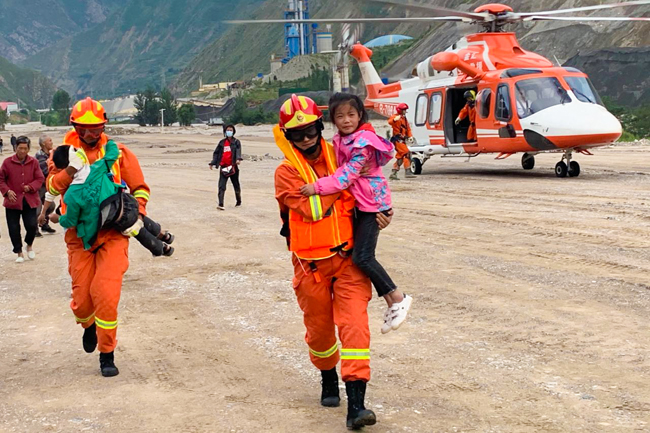
"There are people standing on the roof, and people’s lives matter. Look, they are all people …" "Come on … come on." After the debris flow occurred in Shuimogou Village, Shijiba Town, Wenxian County, the water level in the upper reaches of Baishui River rose rapidly, and it flowed back into nearby low-lying villages. The houses of Anchanghe Community, Shijiba Community and Dangerous Cliff Dam in Shijiba Village, Wenxian County were flooded, and many people were trapped on the roof of the flooded area, so they could only stand on the roof and wait for rescue.
The rushing flood passed through the house and approached the roof, and the trembling people stood on the roof waiting for help. Time is life! In order to fully understand the disaster situation, the headquarters in front of the corps decided to transfer the first communication support detachment of Longnan and Tianshui detachments.14A fire fighter, as a "sharp knife", was airdropped to Shijiba Town by helicopter to conduct aerial reconnaissance of the disaster and transmit the rescue scene image in real time, which provided strong support for the decision-making of the headquarters.
Overlooking from the air, after the flood peak transited, the dark yellow water rushed down from the mountains, and the village of Shijiba Town becameThe "isolated island" was covered by floods in Wang Yang, and helpless people on several roofs were waiting for rescue. Shi Hao, a firefighter in the emergency communication service class of Tianshui Fire Rescue Detachment, as a member of the emergency communication support team, was airdropped to the core disaster area by helicopter with communication equipment and personal protective equipment such as satellite, individual soldier map transmission and unmanned aerial vehicle as soon as he received the order.
eightmoon18Sunday afternoon14At about 10 o’clock, after Shi Hao and his team members arrived in the disaster area of Shijiba Town, they quickly set up a satellite portable station to establish a communication line, and realized video connection with the headquarters at the first time. They used drones to investigate the disaster situation and report the disaster situation, completely breaking the "information island" state in the core area of the disaster, making the command center hundreds of miles away have a "clairvoyance", providing first-hand information for the flood control headquarters to quickly grasp the disaster situation and scientific command. "Dangerous cliff dam new village has17People are trapped on the flooded roof, which has been48I didn’t eat or drink water for hours, and the water was rushing at the scene, so I couldn’t get close to rescue. "After getting in touch with the village cadres at the scene, the rescuers learned of the emergency and immediately reported it to the headquarters for study, so as to determine the way to use the helicopter to hang down.threeRescue the trapped people in batches.
After more than half an hour’s flight, the helicopter arrived over the area where the injured were located.48Hours of waiting, the roaring helicopter is like an eagle spreading its wings, bringing the dawn of rebirth to the villagers who are waiting eagerly. Overlooking the hills, some houses are scattered, and it is impossible to find the specific location after hovering for a long time. Rescuers contacted the village cadres at the scene to determine the location of the trapped villagers and quickly arrived at the rescue area, hovering the helicopter in the air. The prepared rescuers slowly descended to the roof of a private house through a steel cable. After fixing the wounded, the helicopter turned the winch and pulled the trapped people back to the cabin safely again and again.
"There are two pregnant women in the village, and one of them will be born soon after her amniotic fluid is broken." During the rescue, villagers reported that pregnant women were in danger, and rescuers immediately carried stretchers. Under the condition of ensuring safety, they raced against time to carry two pregnant women to the helicopter and transfer them to Chengxian Maternal and Child Health Hospital for labor. pass byfiveMore than an hour of rescue,14An orange warrior successfully rescued all the trapped villagers in Xiyaba New Village to a safe area. The next morning, one of the pregnant women successfully gave birth to a baby girl, and the mother and daughter were safe, so a new life in the core area of debris flow disaster in Wenxian County was born safely.
Climb mountains and climb mountains, search and rescue trapped people on foot for hundreds of kilometers.
After the outbreak of mountain torrents and mudslides2Days later, due to road damage and communication interruption, Shijiba Town still haseightA village is in a state of losing contact. In order to get in touch with the lost villages and find the lost people as soon as possible, the Qiantu Knife Team carried more than 40 kilograms of materials and equipment across the mountains, while cutting through the thorns, while guarding against the trees and stones that rolled down from the mountains from time to time, marching on foot on muddy roads, and encountering impassable sections, teammates held hands and supported each other and passed in turn. The raging flood rushes under their feet and may be washed away by the flood at any time, but the players always grit their teeth and stick to it.
All the way forward, there are dangers everywhere. Outside a private house in Xiyaba New Village, the ground is covered with mud, and the shed used to pile up sundries at the door has collapsed by half. In order to confirm whether there are people in the shed, Li Fuan, a firefighter from Hedong Fire Rescue Station in Chengxian County, braved the danger and went in, searching carefully and not letting go of any place where there may be trapped people. Hiking, wading, exploring and digging by hand….. Along the way, the search and rescue began again and again.
In Shuimogou village, when the trapped people saw Li Fuan and the team members, their eyes regained hope. They flocked to hold the hands of the team members excitedly, and many even cried. Rescuers gave emotional comfort to the trapped people, and made a safety assessment of the trapped points. After that, they used the satellite phones prepared in advance to the people in turn, so that they could send safe news to their anxiously waiting relatives.
In the village community that can’t be reached on foot at the top of the mountain, rescuers used drones for aerial reconnaissance and shouting, got in touch with the victims in time, and after confirming that the villagers were in no danger, they used satellite portable stations to transmit live pictures to the corps. The villagers said excitedly:"Firefighters not only brought us peace and hope, but also reassured anxious relatives outside the disaster area!"
eightmoontwentysun21timethirtyA 70-year-old man in Yuntai Temple, Wanggou Village, Dongjiang Town, Wudu District, was injured in the head by falling rocks from a landslide. The old man was old and suffered serious head injuries, and his consciousness was blurred. Luo Peng, deputy captain of Wudu District Fire Rescue Brigade, immediately led it.eightA team member rushed to the rescue. After contacting the police, he learned that the uphill road had been damaged by flash floods and landslides, and rescuers needed to walk.twelveKilometers up the mountain to rescue.
Luo Peng immediately ordered all the team members to travel lightly, hike up the mountain quickly, and seize the time to carry out rescue.
After an hour and a half of hiking, under the leadership of Luo Peng, the rescuers arrived at the old people’s home, checked the old people’s injuries briefly, immediately put the injured old people on the rescue stretcher, and immediately set off back to the mountain. Continuous round triptwentyYu km, Luo Peng andeightA team member has experiencedfiveHours later, the injured old man was finally safely transferred to the mountain and sent to the hospital for treatment. After returning to the team, he still couldn’t let go of the old man in his heart. After many inquiries, he learned that the old man had been treated and turned to safety. At this time, he found that his legs were covered with blood scars.
During the search and rescue, rescuers also assisted the people in the disaster area to level the site, clean up silt and road gravel to open channels. Hope never dies, search and rescue never stops. Against the background of heavy clouds, that orange figure resolutely walks on the banks of Baishui River, sending hope for life to the people in trouble.
Relieve people’s worries and warm their hearts"Fire orange" helps post-disaster reconstruction

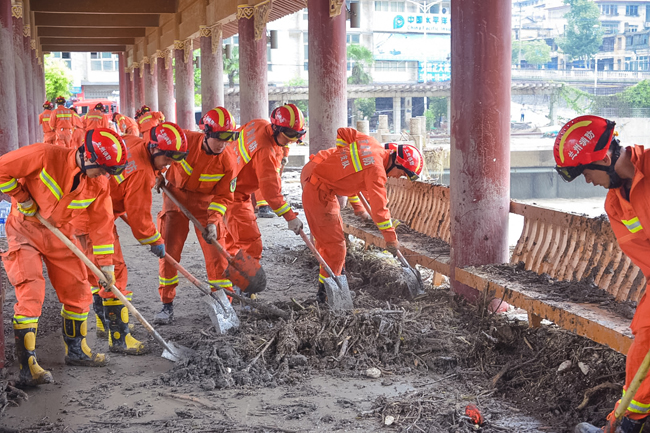
Soldiers don’t unload their armor, and horses don’t unload their saddles. After each fire rescue team completes the task of rescue and evacuation of the trapped people, it is divided intoeightA rescue team went deep into the affected villages and towns and actively participated in the post-disaster reconstruction work. Bright fire rescue team flags fluttered high in the front line of the disaster, and bright "fire orange" shuttled through the streets and lanes.
Affected by the mudslide disaster, most residents in Wenxian City of Longnan stopped supplying tap water. Wenxian county first people’s hospital16A hemodialysis patient’s life was in an emergency and could not be treated, the medical staff were anxious, the work of the department could not be carried out normally, and the patients, their families and employees were short of medical and domestic water. After learning the situation, Longnan Wenxian Fire Rescue Brigade specially mobilized.sixA fire commander and two fire engines.24Deliver water to the hospital around the clock.50Tons, the critical period to ensure the normal operation of the hospital.
"Auntie, is a meal enough?" "Does the meal taste good?" On the Tea Rhyme Square in Bikou Town, Wenxian County, the rescue team in Bikou set up a free dining spot to provide two warm-hearted free meals for the local people every day. "Rice and vegetables are all fried and steamed on the cooking car, and they will be distributed to everyone at the point." Geng Changhai, a cook of the heavy mechanical engineering rescue brigade of Lanzhou Fire Rescue Detachment, said that since he entered Bikou, he has distributed meals and drinks for the affected people free of charge.2800Multiple copies. At the scene, the people who came to eat included old people and children, as well as workers and police who rescued and rescued the disaster nearby. Local residents have said: "The hot meal of the fire brigade made everyone feel the warmth of the party."
After the flood, many houses have collapsed in Waina Town, Wenxian County, and the silt on the road has seriously affected the normal life of the people. The rushing river may rise and threaten the safety of the villagers. After receiving the task of cofferdam, Guo Quanshang, a firefighter in the second class of Ronghua Fire Rescue Station in Liangzhou District, Wuwei City, and his teammates braved the high temperature and kept bagging sand and stones to reinforce the dam. In the hot sun, the officers and men were sweating, and the sweat and soil on their bodies were mixed together. The original orange emergency suit had been covered with soil. Drink water to quench your thirst when you are thirsty, and sit on the ground and have a rest when you are tired.….. After several days of fighting, Guo Quanshang and his teammates carried sand and stones.500Residual bag, reinforce dam200Yumi. He said: "It is worthwhile to be tired again. We are not afraid of suffering, but we are afraid of the suffering of the people. Behind him is the home where the people have lived for a long time. For the safety of the people, they are willing to suffer again! "
Affected by landslides, an elevated power supply line in Waina Town, Wenxian County was crushed by big trees, with a radius of two trees.40There are four high-voltage wires wrapped around the multi-centimeter tree, which makes the nearby villages unable to supply electricity normally. Tao Huang, a firefighter at Liujiaxia Fire Rescue Station in Yongjing County, Linxia Prefecture, took the initiative to fight. With the advantage of being thin and thin, he was ordered to face the danger. After confirming with the local power company that there was no electricity, Tao Huang fastened the safety rope and carefully climbed to the treetops along the fallen trunk. Because there is no stable support point, the surrounding tree crown and the scorching sun overhead have all become obstacles to rescue. Tao Huang can only move to the treetops bit by bit, and the bean-sized sweat soaked his collar and blurred his sight. After arriving at the operation surface, Tao Huang used the axe and saw in his hand to cut quickly and passed by.oneAfter more than hours of hard work, with the cooperation and protection of comrades-in-arms, the trunks pressed on the wires were successfully sawed off one by one, which provided the greatest help for restoring power supply as soon as possible.
After the rainstorm, the flood receded, and helping the people to clear the mud and remove dangers became an important task of post-disaster reconstruction. After the disaster, Fuxing Pavilion, Bikou Town, Wenxian County, was in a mess, and the mud was thick in the deepest part.twentyCm, Tao Feng, a firefighter at the first station of the Special Service Brigade of Lanzhou Fire Rescue Detachment, and his teammates used brooms and shovels to shovel the mud in the dead corner. In a waterlogged area, weeds piled up together and the water flow was slow. Tao Feng quickly led a firefighter to jump into the sewage, clean the weeds one by one, and open the drain by hand. In the face of dumped billboards and hard garbage, he led the commanders and soldiers to move to safety by hand and carrying. In this way, Tao Feng and his teammates overcame fatigue, played the spirit of continuous fighting without fear of hardship and fatigue, and used the shovel in their hands to clean up the silt little by little and wash the road inch by inch, so as to restore normal work and life order for the people in the disaster area as soon as possible and always fight in the front line of dredging.
eightmoon28On April, it was time for the first hope primary school in Linjiang Town, Wenxian County to start school, but because the school was filled with silt, the students postponed the start of school. In order to get the children into school as soon as possible, the rescue team in Linjiang Town50More than 100 officers and men devoted themselves to dredging and sewage disposal, and concentrated on cleaning up the school. "Thank you so much for the firefighters. I was particularly worried when I just saw the school mud piling up like a mountain. I really don’t know how long the children will stay at home. Now it’s finally okay, and the children can come back." The headmaster of the school said that compared with two days ago, the playground was much cleaner, the silt in the classroom was obviously reduced, the desks covered with silt were also wiped clean, and some classrooms were also set up with blackboard newspapers, which basically met the conditions for resuming classes.
As the team that is closest and most closely connected with the people, the fire rescue team consciously puts the people in the highest position in their hearts. The people’s affairs are no small matter, the people’s needs are kept in mind, and the people look forward to helping them achieve it and serving the people wholeheartedly. In the post-disaster reconstruction work, materials are transported, silt is cleaned, epidemic prevention and disinfection are carried out, facade is cleaned, water supply and water supply are provided, and meals are provided free of charge.….. Where there is a need, there is the figure of "fire orange" in Longyuan.
"Orange" braves the wind and waves, and sticks to the flood-fighting warriors on the flood season line.
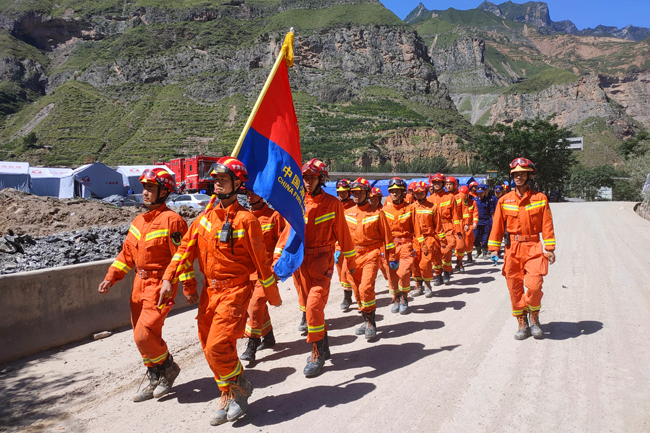
15sky360Hours, in the forefront of the most serious floods and the most complicated disasters, in the face of the dangers of floods and the critical moments of landslides again and again, all the officers and men who participated in the war stood up without fear of danger, and the flood-fighting warriors Li Chao and the hardest-hit areas emerged.twentyZhang Bobao, a rescue warrior in Heaven, and Tao Feng, a rescue soldier whose mud shows the people’s feelings, are all advanced models and touching stories.
"Please allow me to participate in the rescue. My hometown is Longnan. I am familiar with the terrain there. I want to spend this ordeal with my hometown. Please allow me to participate in the war!" After learning of the disaster in his hometown, Gao Longlong, a firefighter from the Zhongchuan Special Service Station of the New District Fire Rescue Detachment, submitted a petition to the Party branch of his station for the first time. After arriving in Longnan, Gao Longlong learned that his house was also destroyed, and his family lost contact with him during the transfer and resettlement process. At this time, although he was in a hurry, he did not report this situation to the leading cadres in the face of urgent and heavy rescue tasks, but immediately threw himself into the first-line battle.
Embankment consolidation, race against time and fight against the flood, bags of sandbags alternate from his hands, and sweat has already soaked his rescue suit.….. After nearlysevenAfter hours of shoveling, digging, moving, pulling and transporting, Gao Longlong and his comrades carried sandbags together.500The remaining bags and river cofferdams have been reinforced, making sufficient preparations for dealing with the danger of heavy rain. After returning to the station, I lost contact with my family.70It took him more than an hour to see the news just sent by his father, "Longlong, we are all well, don’t worry, help others more, and be careful yourself!" " After seeing the information, the fearless warrior could no longer control his emotions and burst into tears on the spot.
"If there is a war, the call will come back!" He has served in Wenxian Squadron and Huixian Squadron of Longnan Fire Brigade.90Song Zhoupeng, a retired firefighter, resolutelyseven hundredPingliang City, kilometers away, rushed to Wenxian County to participate in the rescue; Wang Xiaoping, a firefighter at Xiqiao Station of Lanzhou New District Fire Rescue Detachment, who is preparing to leave the team, volunteered to give up his vacation and rushed to the front line of flood fighting and rescue in Longnan. Zhang Wei, a firefighter from the Emergency Communication Brigade of the Corps who was on vacation in Wenxian County, his hometown, and Gao Yanxing, a firefighter from the Square Fire Rescue Station in Chengguan District, Lanzhou, returned to the team to participate in the dredging work at the first time, and contacted the large machinery of the local villagers to drive to the school playground in time to help clean up a large area of silt in the open space for free.
In the front line of flood relief, there is such a pair."Father and son soldiers", son Kong Bing is a fireman of Linxia Fire Rescue Detachment, and father Kong Haisheng is an experienced assault boat driver of Linxia Local Maritime Bureau. Since the flood season, Kong Fu, who has rich experience in water rescue and assault boat maintenance technology, saw from the news that the situation in Longnan was very grim. After receiving the notice of the superior’s request for reinforcements, Kong Fu volunteered to help Longnan solve the hidden danger of reservoir safety.
On the way to reinforcements, Confucius kept Kong Bing in the dark and inquired all the way. After learning that his son’s rescue point was in Waina Town, Wudu District, which was also the only way for his own rescue, he immediately decided to visit his son and his comrades. When Confucius saw the officers and men covered in mud and sweat in the camp, he said, "I feel distressed, which child is not the heart of my parents and the treasure in my palm." From carrying condolences to my father leaving the camp,fiveAfter a brief meeting in minutes, Kong Bing heard his father’s words most often: "Do a good job and pay attention to safety …", and his eyes were full of encouragement and encouragement, care and entrustment.
When stationed in the camp, there are always bursts of rice fragrance on time, such as saute spicy chicken, boiled leg of lamb, delicious rice porridge and steaming white steamed bread.….. In the flood season, there are also logistics support personnel who stand in front of the three-foot stove. Although they can’t see them wading to save people and getting stuck in the mud, they stay up all night thinking of the kitchen as a "battlefield", "blowing the horn" in the rice, oil and salt, and "rushing from the front" in the pots and pans, and do their best to protect the frontline brothers.
Ni Longlong, a firefighter at Guangcheng Station of Pingliang City Fire Rescue Detachment, sleeps on the hard desk of the temporary headquarters in order not to affect the rest of other comrades. Before dawn, he fires and cooks water to prepare breakfast. Three meals a day are never late, and four dishes and one soup are his basics.The bottom line. Geng Changhai, the heavy mechanical engineering rescue brigade of Lanzhou Fire Rescue Detachment, has been reinforcing the disaster area almost every day.twelveHours of overload operation, has guaranteed the commanders and soldiers.four hundredMore than person-times, affected people2400Remaining person-times. Geng Changhai said: "Watching the brothers on the front line eat happily, I suddenly feel tired and full of spirit."
"Come to pay attention to the mudslide disaster in Longnan, Gansu Province, and Gansu Fire Department urgently mobilized rescue forces to rush to the rescue …" In the CCTV news screen, the commanders and fighters on the front line of rescue were brave and brave, and left many touching moments on the front line of rescue. Jing Hao Jia, a firefighter of Baiyin Fire Rescue Detachment, is one of the recorders of this touching moment. At the rescue site, he can always be seen hanging his camera with his left hand and lifting his camera with the team, collecting materials during the day, writing news clips and designing posters at night, releasing news about flood fighting and emergency rescue in time, publicizing typical cases, and telling stories of frontline commanders and soldiers in flood fighting and disaster relief. In the past few days,40More than 100 media focused on the stories of the province’s fire rescue teams in fighting floods and providing disaster relief, and the central and provincial media published articles altogether.156Article, showing the good image and spirit of Gansu fire rescue team.
Li Chao, Zhang Bobao, Tao Feng, Li Fuan, Shi Hao, etcfiveA commander was awarded the honor of third-class merit in the firewire. "As a firefighter, protecting the people’s safety at all costs is a gene that will never change," Li Chao said. This is also the common belief of the "flame blue" that the people need to fight most in times of crisis.
be conscientious in the morning and discreet in the evening—be diligent and prudent all day long Have the courage to undertake"National Team" and "Main Force" Duties and Missions
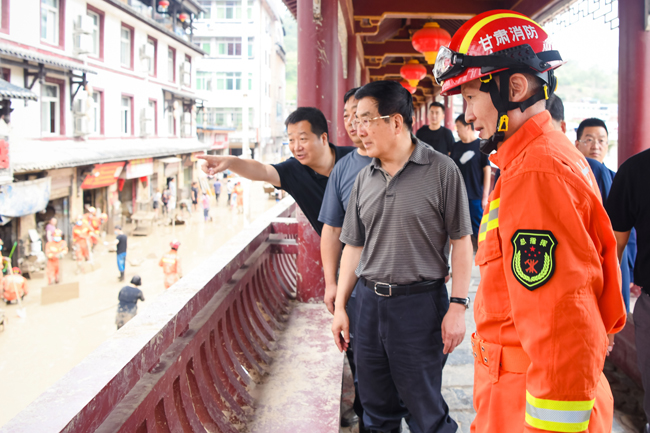
"Professional things need a professional team to do!" "You are worthy of being the national team and the main force!" Lin Duo, secretary of Gansu Provincial Party Committee, Tang Renjian, governor, and Sun Xuetao, deputy governor and secretary of Longnan Municipal Party Committee, praised the fire rescue team when they inspected the flood fighting and relief work in the front line of the disaster, and fully affirmed the performance of the fire rescue team in the whole province.
Huang Zeyuan, director of the Provincial Emergency Management Department, rushed to Bikou Town, Wenxian County to guide the flood relief and mass resettlement work, and expressed condolences to the officers and men who were draining and dredging. Team leader Wu Zhenkun and political commissar Cai Jianbo respectively went deep into the disaster area in Longnan to guide the flood fighting and disaster relief work, visited and consoled the frontline commanders and soldiers at each emergency relief operation point, inspected the food and accommodation guarantee of the commanders and soldiers on the spot, and asked the commanders and soldiers in detail about the dredging, danger removal and rotation, encouraging the commanders and soldiers to work hard, carry forward the fine style of not being afraid of hardship and dare to fight hard, and vowed to win the flood fighting and rescue task in an all-round way.
In the past few days, the province’s fire rescue team has made multi-line attacks."Orange" broke the wind and waves, and successively won Min County "eight·11"Rainstorm Rescue, Wenxian County"eight·17"Debris flow, Wudu"eight·18"Landslide, Zhouqu"eight·18"Urban waterlogging and many other tough battles against floods and rescues were completed efficiently"8.18Helicopter rescue of trapped pregnant women ","8.20The 70-year-old man was trapped in the mountain road rescue ","8.21People trapped in river rescue ","8.19Major rescue tasks, such as the search and rescue of the lost persons in Shijiba Town, are fully carried out in the front line of flood control and disaster relief, such as rescue of trapped persons, evacuation of personnel, search and rescue of lost persons, urban drainage, dredging and danger removal, material transfer, and rescue of affected people. byninemoononeOn, the province’s fire rescue team dispatched commanders.1321Person-times, participate in flood fighting and emergency rescue tasks.263Get up and dispatch vehicles and boats.283Every time, rescue the trapped people96People, evacuate the masses77People, rescue property452Wan, protect property946Wan.
"You saved us from the flood, and we regard you as our loved ones". We spontaneously organized the cleaning of firemen’s mud clothes and water boots, sent the banner of "Fighting floods and making great love", silently reached out and wiped the mud on the face of firemen’s uncle, and sent the cut watermelons and preserved sausages to the station … From the old people in seventy years of age to the childlike children, we all tried our best to help, support and thank the firemen. "During the rescue, a fellow villager said,’ With you here, we will see hope’, which greatly encouraged the commanders and soldiers." … The people sincerely trusted, supported and praised, giving the "Fire Orange" the surging power to forge ahead.
The scene of flood fighting and disaster relief is the battlefield for practicing training words. From receiving rescue instructions to successfully completing tasks, from emergency rescue to post-disaster reconstruction, benchmarking.With the functions and tasks of "national team" and "main force", the flood-fighting warriors of the province’s fire-fighting and rescue teams always fight where the people need them most, save the people from fire and water, help the people in distress, give them strength, and practice the clanging oath of "loyalty to the party, strict discipline, going through fire and water, and serving the people wholeheartedly" with practical actions.
